ㄷ = D (at word beginning and end: t)

바다 = pa-da = the sea
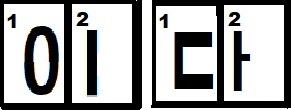
이다 = i-da = to be
ㄹ = r (at the end of a word l )

다리 = ta-ri = leg (here our d is at the word beginning and turns into a t )
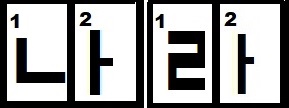
나라 = na-ra = land / country

다니다 = ta-ni-da = to attend (e.g. school / work)

아니다 = a-ni-da = not to be
ㅐ = ae ( sounds a bit like the 'ea'in yeah)
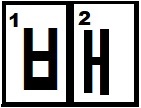
배 = pae = boat / stomach / pear (3 words in 1 go - not bad :D)
I am giving you a whole bunch of useless random words - I admit - and you haven't even properly learned how to say hello. I am giving you, what you can read. Please stick with me through a couple of more lessons and you soon will find yourselves reading Korean at ease.
anyeong hasseyo means hello btw. and the answer is the same.
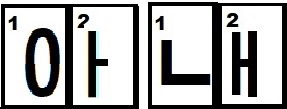
아내 = a-nae = wife

내리다 = nae-ri-da = to get off (a train/ bus)
ㅁ= m
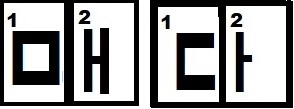
매다 = mae-da = to bind a tie (so far the worst word I taught you:D)

다리미 = ta-ri-mi = iron (for pressing clothes)
One more vowel:
ㅓ= aw
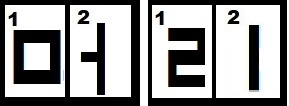
머리 = maw-ri = head
One last vowel and then we'll call it a day.
ㅔ = e/ay ( like the last letter in pianoforte)

어디에 = aw-di-ay = where (to) (direction)
You have come a long way. Let's end this lesson with a chart showing all the characters you have learned.
| Vowels | Consonants |
|---|---|
| 아 - a | ㅂ - b (beginning or end of a word: p) |
| 이 - i (ee as in see) | ㄷ - d (beginning or end of a word: t) |
| 어 - aw | ㅁ - m |
| 에 - ay (e as in pianoforte) | ㄴ - n |
| 애 - ae ( as 'ea' in yeah) | ㄹ - r (if last letter of a word: l) |
